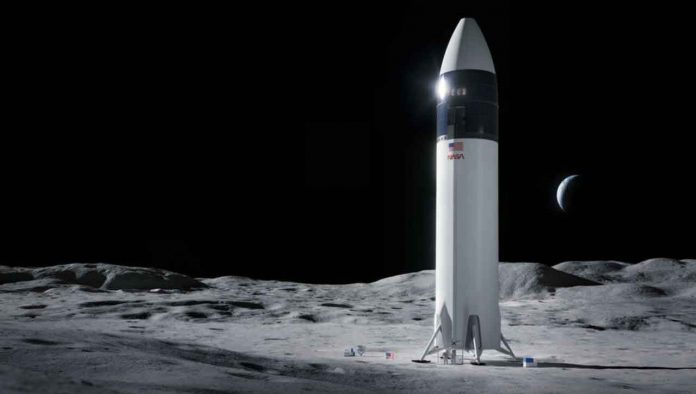Subterranean Lunar Granite Formation: A Relic of Ancient Volcanic Activity
DALLAS – In a groundbreaking discovery, a team of scientists led by Matthew Siegler, a research professor at SMU and research scientist with the Planetary Science Institute, has found a massive granite formation beneath the lunar surface. This formation, believed to be the result of cooling molten lava from ancient volcanic eruptions, could date back as far as 3.5 billion years.
The study, recently published in Nature, utilized microwave frequency data to probe the heat beneath the surface of a suspected lunar volcanic feature known as Compton-Belkovich. The findings suggest that the heat originates from a concentration of radioactive elements, a signature of granite on the Moon.
Granite: The Geological Footprint of Extinct Volcanoes
Granites are igneous rock remnants of the subterranean plumbing systems beneath extinct volcanoes. When lava cools without erupting, it forms a granite structure known as a batholith. “Any large granite body we find on Earth used to feed a big bunch of volcanoes, much like a large system is feeding the Cascade volcanoes in the Pacific Northwest today,” Siegler explained.
The lunar batholith discovered by Siegler’s team is located in a region of the Moon previously identified as a volcanic complex. However, the size of the formation, with an estimated diameter of 50 kilometers, has taken researchers by surprise.
The Rarity of Lunar Granite
While granite is relatively common on Earth, driven by water and plate tectonics that aid in creating large melt bodies below the surface, it is extremely rare on the Moon, which lacks these processes. This discovery provides crucial insights into the formation of the early lunar crust.
Siegler posits, “If you don’t have water it takes extreme situations to make granite. So, here’s this system with no water, and no plate tectonics – but you have granite. Was there water on the moon – at least in this one spot? Or was it just especially hot?”
The Team and Their Tools
The research team included members from the Planetary Science Institute, SMU, Southwest Research Institute, Million Concepts, Brown University, and Stony Brook University. The study was funded through NASA’s Lunar Data Analysis Program and work related to the Lunar Reconnaissance Orbiter Diviner Lunar Radiometer.
Data for the study was sourced from public data released from two Chinese lunar orbiters, Chang’E-1 in 2010 and Chang’E-2 in 2012, which carried four-channel microwave radiometer instruments. The original data can be accessed at: http://moon.bao.ac.cn/index_en.jsp.
Siegler will present the team’s research at the upcoming Goldschmidt Conference, scheduled for July 9-14 in Lyon, France.
About SMU
SMU is a nationally ranked global research university located in the vibrant city of Dallas. With a community of alumni, faculty, and over 12,000 students across eight degree-granting schools, SMU is known for its entrepreneurial spirit, leading change in various professions, communities, and the world.



